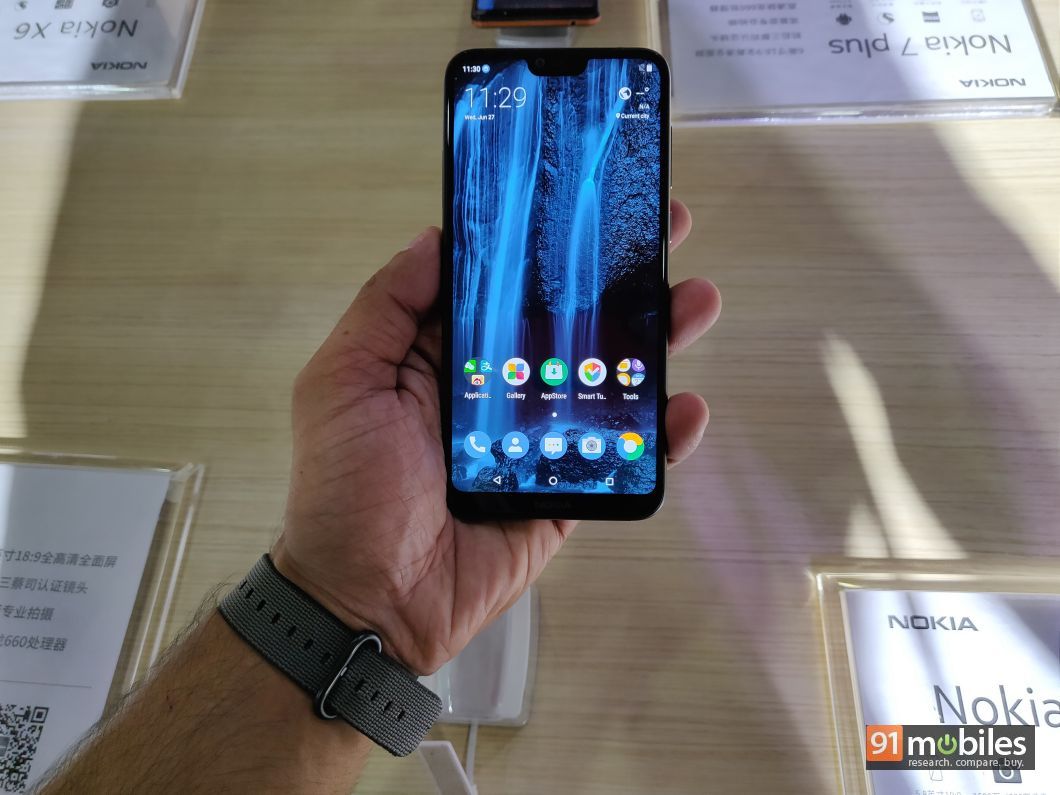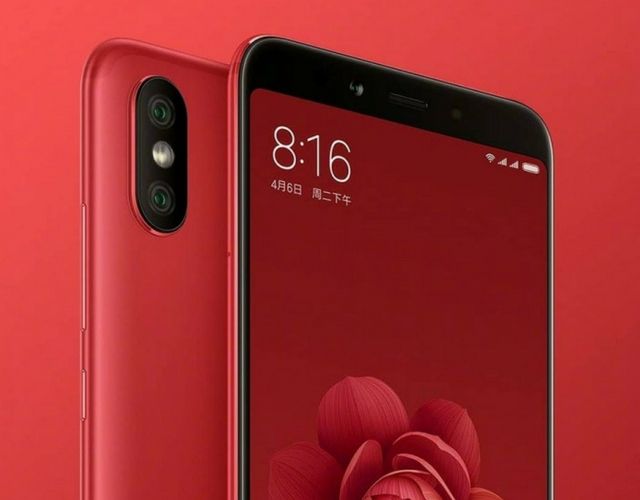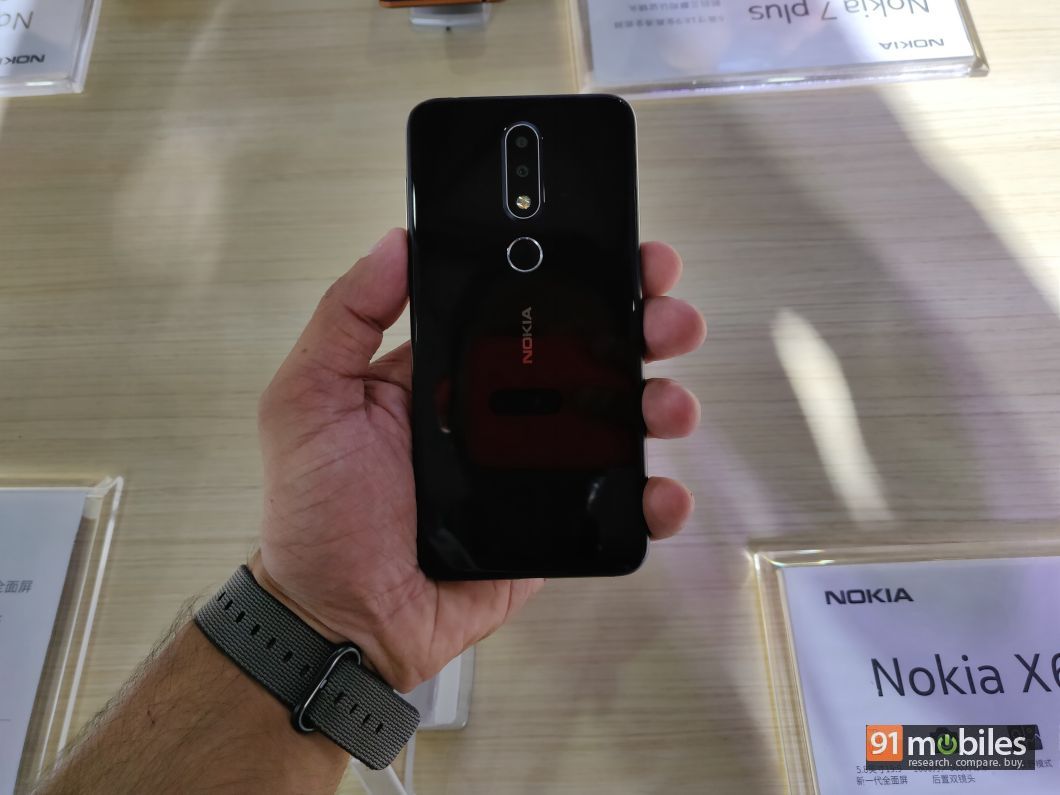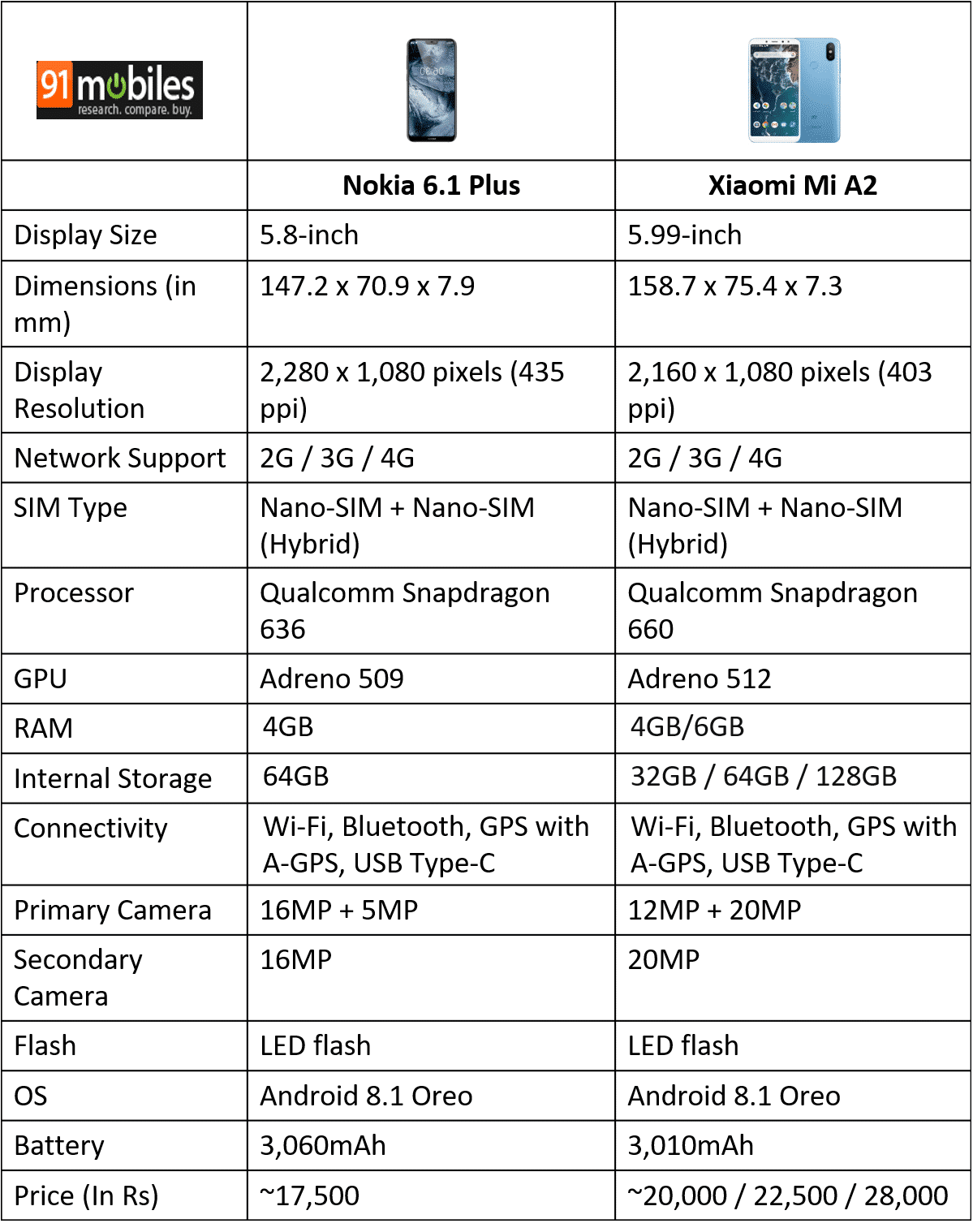Xiaomi Mi A2 vs Nokia 6.1 Plus: Android One-based smartphones in the bout
“Both the Nokia 6.1 Plus and Xiaomi Mi A2 are dual-camera toting mid-rangers”
Last year, Google rebooted the Android One project with the global launch of Xiaomi’s Mi A1 (review) in India. Now, the brand has launched its successor in the form of the Mi A2 at an event held in Madrid, Spain. Another brand that’s bringing Android One offerings is Nokia, which announced at MWC that all its smartphones will come with the stock iteration of Google’s OS along with the promise of frequent updates. Considering the brand’s Nokia X6 (first impressions), is expected to launch in India as the Nokia 6.1 Plus, it’s natural to wonder how it stacks up against Xiaomi’s latest. So without further ado, here’s a detailed comparison between the Nokia 6.1 Plus and Xiaomi Mi A2.
Design and display

When it comes to design, both the 6.1 Plus and Xiaomi Mi A2 are on the two ends of the. While the Nokia handset comes with an attractive glass-sandwich design, the Mi A2 follows a more conventional design and has a unibody metal chassis. Because of the material of construction, Xiaomi’s offering is also slightly heavier at 168g as compared to the 6.1 Plus, which tips the scale at 151g.

The Nokia 6.1 Plus once again takes the cake when it comes to display, as it comes with a 19:9 aspect ratio to accommodate the notch on its screen. The panel measures 5.8-inches diagonally and offers a full HD+ resolution. On the other hand, the Xiaomi Mi A2 flaunts a 5.99-inch display with an identical resolution, but with an 18:9 aspect ratio. So it totally comes down to the personal preference, whether you think of notch as a distraction or don’t mind it.
Hardware and software

When it comes to performance, both the phones are powered by two of the top chipsets in the Snapdragon 600 series. The Nokia 6.1 Plus and Xiaomi Mi A2 are equipped with Snapdragon 636 and 660 processors, respectively. The SD660 comes with a better Adreno 512 GPU and a clock speed of 2.2GHz, in comparison to the Adreno 509 graphics and 1.8GHz clock speed of octa-core SD636. The difference might not be much, but gamers and heavy users are likely to benefit more from the Mi A2. The Xiaomi smartphone is also being offered in three RAM and storage configurations  4GB + 64GB, 6GB + 64GB, and 6GB + 128GB. Whereas, the Nokia 6.1 Plus comes in a single variant featuring 4GB RAM and 64GB storage.
4GB + 64GB, 6GB + 64GB, and 6GB + 128GB. Whereas, the Nokia 6.1 Plus comes in a single variant featuring 4GB RAM and 64GB storage.
Moving on to the software, both these handsets are Android One devices, which means they boot stock Android 8.1 Oreo out of the box. The phones also promise major Android updates up to two years and security patches for up to three years.
Camera and battery

In terms of imaging, these handsets boast a dual-camera module at the back and high-res selfie shooters. The Xiaomi Mi A2 comes with a 12-megapixel camera on the rear, backed by a powerful 20-megapixel secondary snapper. In comparison, the Nokia 6.1 Plus features a combination of a 16MP shooter and a 5-megapixel sensor. As for selfies, the Mi A2 ships with a 20-megapixel shooter, whereas the 6.1 Plus rocks a 16-megapixel camera. Basis specs, the Xiaomi Mi A2 emerges as a clear winner in this department.
Speaking of the battery, both smartphones are at par with each other. The Mi A2 comes with a 3,010mAh cell, while the Nokia 6.1 Plus packs a 3,060mAh battery. Both handsets also support Quick Charge 3.0.
Closing thoughts

Both these smartphones are equally good and bring near identical spec sheet to the table. While the Xiaomi Mi A2 offers slightly better performance and imaging prowess, the Nokia 6.1 Plus is likely to appeal to those who are looking for a stylish mid-ranger. Additionally, the Mi A2 is set to launch in the country on August 8th, while Nokia hasn’t made any announcements about the launch of its offering, so if you can’t wait, then the answer is quite clear…
from 91mobiles.com https://ift.tt/2A5AVPm
>



No comments